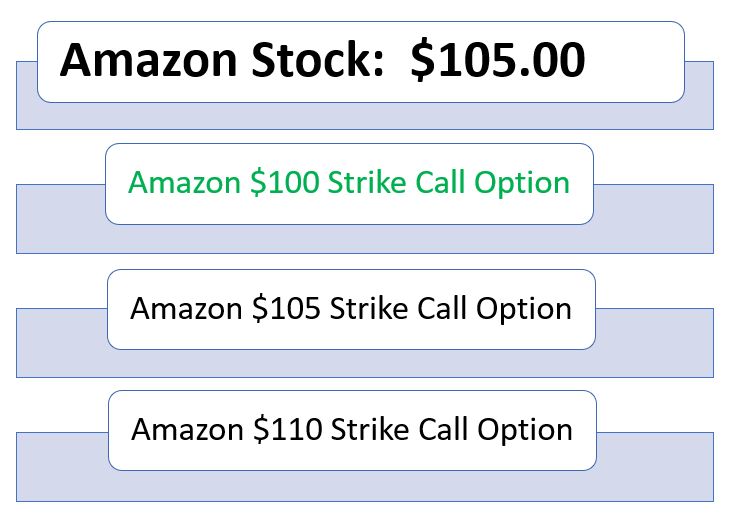In the Money Options: Definition and Example
Stock Market Guides is not a financial advisor. Our content is strictly educational and should not be considered financial advice.
You may have heard options sometimes referred to as being "in the money". If you're not familiar with the term, then you're in the right place to learn more about it.
For any given set of options, there are often a number of different strike prices available. In-the-money options refer to a distinct set of strike prices for any series of options. They have unique characteristics that are helpful to be aware of if you're considering investing in options.
Meaning of In The Money Options
The formal definition of in the money options is as follows:
For call options, those are options where the strike price is lower than the stock price.
For put options, those are options where the strike price is higher than the stock price.
This video about in the money options might help improve your understanding:
Stock Market Guides

Stock Market Guides identifies option trading opportunities that have a historical track record of profitability in backtests.
Average Annualized Return
150.4%
Example of In The Money Options
Now that you know the book definition, let's look at an example to make it easier to connect the dots on what in the money options are.
Imagine that you're considering the idea of buying Amazon options, and imagine that Amazon stock is selling for $105.
Now imagine that you're evaluating three call options, as shown in the image below:
Since these are call options, we know that any options where the stock price is higher than the strike price will be in the money.
In the example above, the option in green text is the only option that meets that criteria, as the stock price of $105 is higher than the strike price of $100. The other two options do not meet that criteria and are therefore not in the money.
Options that are not in the money are either out of the money or at the money.
It doesn't matter what expiration date these options have since that doesn't affect whether any given option is in the money.
Cost of In The Money Options
Option prices are made up of two components: intrinsic value and extrinsic value.
Intrinsic value represents how far in the money the option is. The further in the money it is, the higher the intrinsic value, and typically the higher the price of the option.
Extrinsic value is typically highest in the strike prices that are closest to the stock's price. Therefore the the further in the money the option is, the lower the extrinsic value typically is.
Meaning of Deep In The Money Options
Deep in the money options are ones that have a lot of intrinsic value.
For call options, they are ones that have a strike price that is well below the current stock price. For put options, they are ones that have a strike price that is well above the current stock price.
Deep in the money options typically have a higher price than other options of the same expiration date due to their high level of intrinsic value.
Learning More About In The Money Options
If you need more help getting up to speed on in the money options or options in general, take a look at our guide to options trading for beginners.
Our option trading scanner service finds live trade setups that have a backtested edge. You can review the scan results to research option trading opportunities. They include in-the-money options and are based on swing trade setups.
If you'd rather leave it to the pros but still want good in-the-money option trade ideas, you can consider signing up for our options alert service.
You can contact us any time if you would like to ask any questions about extrinsic value or about options in general.
Join Our Free Email List
Get emails from us about ways to potentially make money in the stock market.
